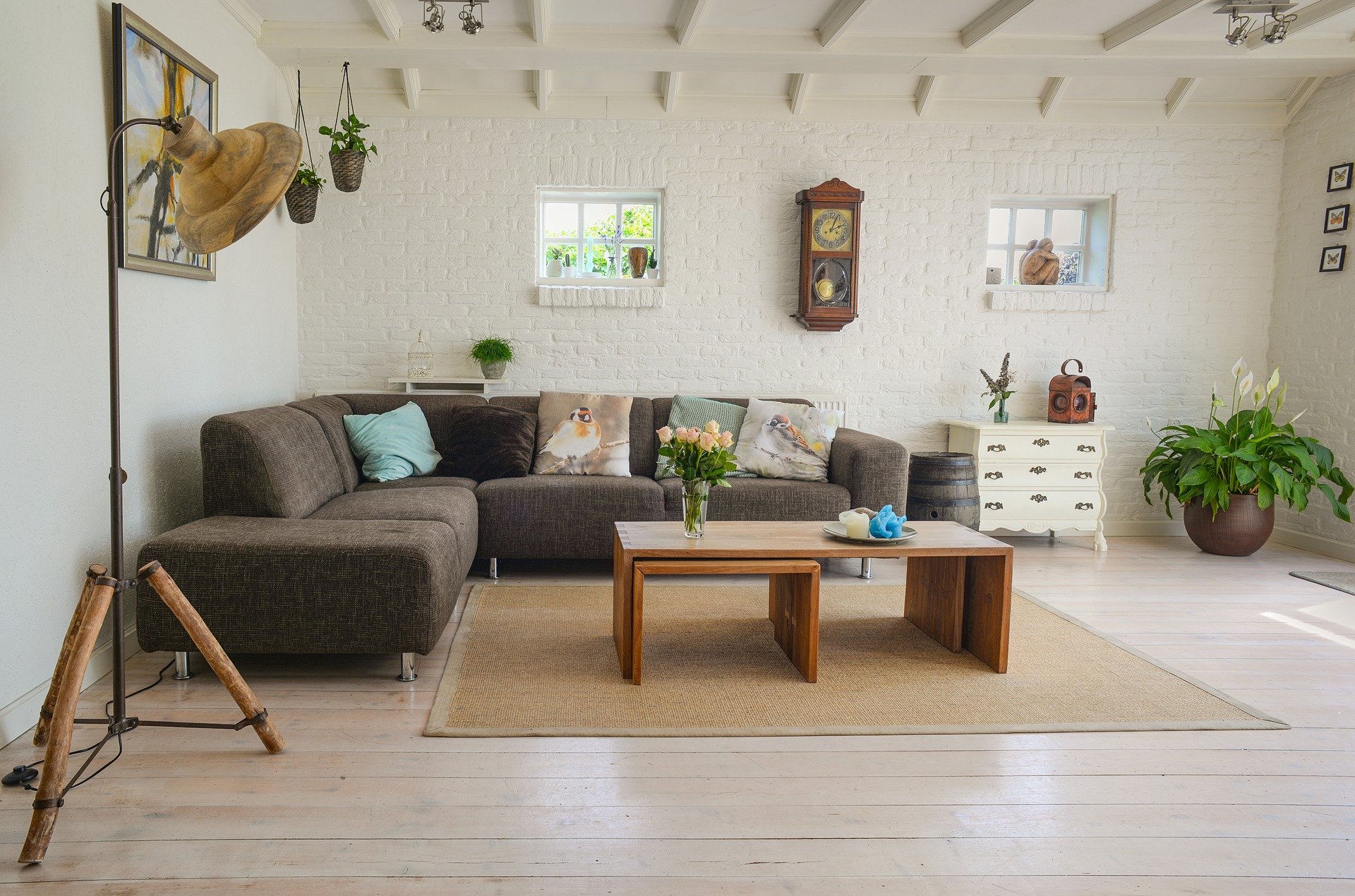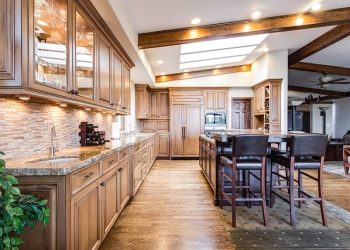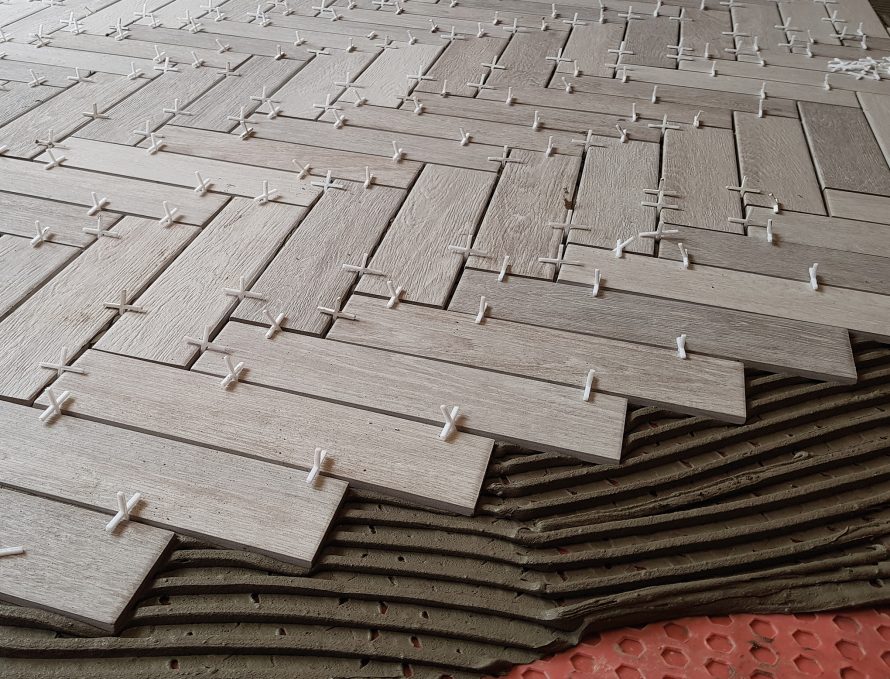Design trends constantly evolve, but many of the elements we see in contemporary interiors and architecture have deep historical roots. From the symmetry of classical Greek buildings to the intricate patterns of Victorian homes, history continues to shape modern design choices. By understanding these influences, homeowners and designers can create spaces that blend timeless beauty with contemporary functionality.
- The Enduring Legacy of Classical Architecture
The influence of Greek and Roman architecture is still evident in modern homes and public buildings. The ancient Greeks valued balance and symmetry, principles that are now fundamental to architectural design. Features like columns, arches, and decorative friezes can be traced back to classical temples and basilicas.
How it Shapes Modern Design:
- Open floor plans with symmetrical layouts
- Grand entrances featuring columns and archways
- Decorative moldings and cornices in interior design
- Use of marble and stone for a luxurious aesthetic
Even minimalist homes today borrow from classical ideals of proportion and harmony, proving that ancient principles remain relevant.
- Gothic and Victorian Influence in Interior Detailing
The Gothic and Victorian eras introduced dramatic architectural features that emphasized craftsmanship. Gothic design, popular in the Middle Ages, focused on pointed arches, stained glass windows, and intricate woodwork. The Victorian era, influenced by Gothic revival, added ornate detailing and rich color palettes to interior spaces.
How it Shapes Modern Design:
- Statement ceilings with exposed beams or coffered detailing
- Elaborate window designs, often incorporating stained or leaded glass
- Dark, rich colors like deep greens, blues, and burgundy making a comeback in modern homes
- Period-inspired wallpapers and textiles adding depth to interiors
Today, modern Gothic and Victorian influences can be found in accent features rather than entire home designs. Homeowners often incorporate elements such as ornate light fixtures, carved wooden furniture, or patterned wallpaper to add a historical touch to contemporary spaces.
- The Simplicity and Functionality of Midcentury Modern
Fast forward to the 20th century, and Midcentury Modern design emerged as a reaction against the elaborate styles of previous eras. Characterized by clean lines, organic forms, and functional simplicity, this style remains incredibly popular today.
How it Shapes Modern Design:
- Open-plan living spaces for better flow and light
- Simple yet elegant furniture made from natural materials
- Large windows that connect indoor and outdoor spaces
- Minimalist color palettes with pops of bold, retro colors
This design philosophy continues to influence modern homes, with Scandinavian design often taking cues from mid-century principles, focusing on functionality, sustainability, and a connection to nature.
- Industrial Revolution and the Birth of Loft-Style Spaces
The Industrial Revolution introduced materials like steel, concrete, and exposed brick into mainstream architecture. What was once considered utilitarian has now become a sought-after aesthetic, particularly in urban environments.
How it Shapes Modern Design:
- Open, warehouse-style living spaces with high ceilings
- Use of exposed brick, steel beams, and reclaimed wood
- Large, factory-style windows allowing ample natural light
- A mix of raw materials and refined furnishings for contrast
Industrial-inspired homes are especially popular in loft conversions and urban apartments, where historical factory buildings are transformed into stylish, modern residences.
- Art Deco and the Return of Bold Statements
The Art Deco movement of the 1920s and 1930s brought glamour, luxury, and geometric patterns into interior design. This style was all about opulence, with metallic accents, rich materials, and bold symmetry defining the era.
How it Shapes Modern Design:
- Statement lighting with gold, brass, and chrome finishes
- Geometric and chevron patterns in tiles, wallpaper, and fabrics
- Dark wood furniture paired with luxurious materials like velvet and marble
- Bold, jewel-toned colors such as emerald green, sapphire blue, and deep red
The recent resurgence of Art Deco influences can be seen in modern furniture, wallpaper, and home accessories, where designers blend vintage glamour with contemporary sensibilities.
- How Traditional Painting Techniques Still Influence Modern Homes
Historical design isn’t just about architectural features—it also extends to painting and decorative finishes. Techniques used in Renaissance murals, Victorian stencilling, and 18th-century trompe-l’œil continue to inspire modern wall treatments.
How it Shapes Modern Design:
- Classic color schemes influenced by historical palettes (earthy tones, muted pastels, or rich jewel tones)
- Feature walls with panelled wainscoting reminiscent of Georgian and Edwardian homes
- Faux finishes that mimic natural materials like marble, wood, or aged plaster
- Restoring period homes with heritage colors and authentic painting techniques
For homeowners looking to achieve a timeless finish, hiring a house painter near me ensures that the painting work complements historical influences while incorporating modern durability.
Embracing the Past to Shape the Future
Modern design is deeply rooted in history, with each era contributing elements that continue to shape contemporary homes. Whether it’s the classical symmetry of Greek architecture, the detailed craftsmanship of Victorian interiors, or the simplicity of MidcenturyModern design, historical influences remain a driving force in today’s home aesthetics.
By understanding these influences, homeowners can create timeless spaces that honor the past while embracing the future. Whether you’re restoring an old property, adding historical charm to a modern home, or experimenting with period-inspired colors, the rich history of design offers endless inspiration.







